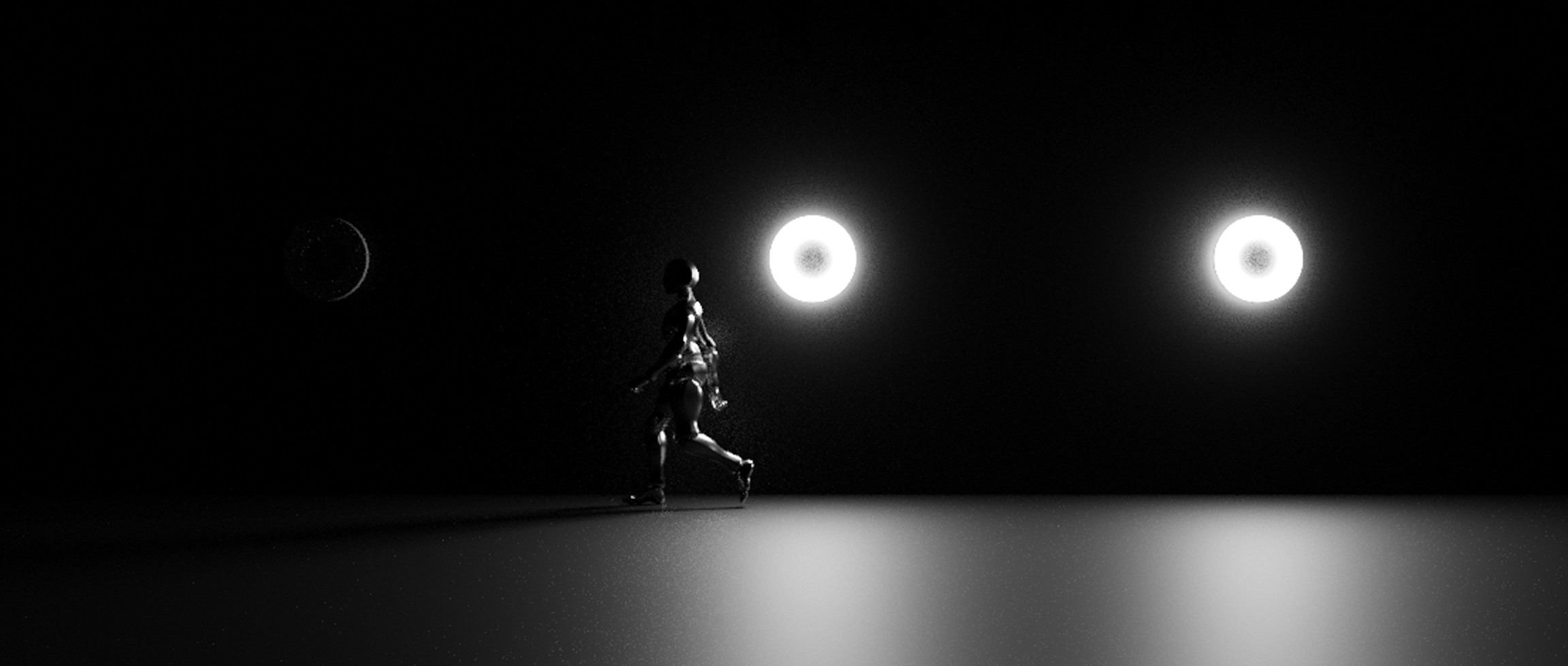Presence & Absence Detection


Presence detection involves the identification of human presence within a designated area or space. This is accomplished through the use of motion sensors, which detect movement or heat signatures associated with human activity. Upon detecting the presence of individuals, a signal is sent to the lighting system, prompting it to activate or adjust the lighting levels accordingly.
Absence detection focuses on recognising the absence of people within a specific space. Similar to presence detection, absence detection employs sensors to monitor the area for any signs of human activity. In the event that no motion or heat signatures are detected within a predefined period, the absence detector sends a signal to the lighting system, instructing it to turn off or reduce the lighting levels. Absence detection prevents lights from needlessly remaining on when a space is unoccupied, resulting in energy conservation.
Click here for information on How to configure a presence sensor and see how Hacel lighting schemes can benefit your business.